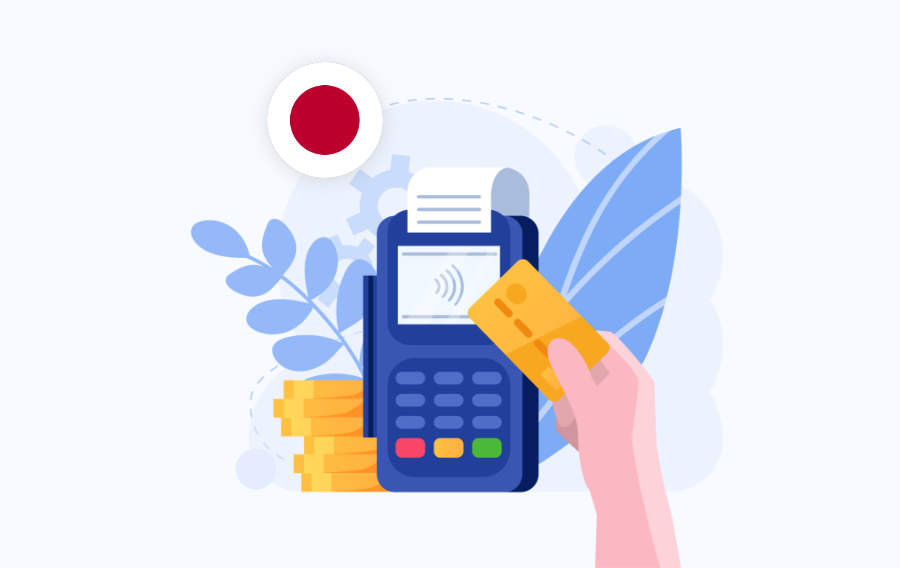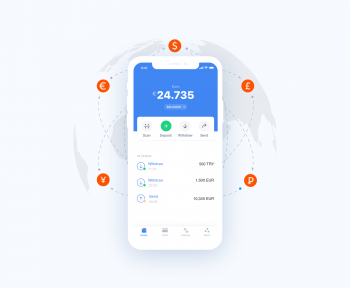In recent years, contactless electronic Japan payment methods—also known as “cashless payments” in Japan—have proliferated all over the world. Even while it has made progress in recent years to catch up, ultra-modern Japan nevertheless lags in several areas. An overview of the most popular and practical contactless transactions in Japan as well as cashless payment applications is provided below.
Electronic Japan payments that do not require a PIN or signature, such as those made with credit or debit cards, as well as those made with digital wallets, virtual cards, mobile payment services, and IC cards, are all considered to be contactless payments. While some NFC (near-field communication) systems rely on QR codes, other systems employ different types of NFC.
When you pay with a credit card, you frequently receive (small) discounts, and you may also accrue points for different reward programs. Additionally, contactless payment is frequently more hygienic—a crucial factor in today’s world.
The First Contactless System In Japan: Suica, Pasmo, And Transit IC
In contrast to other countries throughout the world, Japan has a slightly different approach to contactless payments in Japan. Pasmo and Suica transit cards have been the big thing for years (there are also many regional versions). They were initially solely used to tap into public transportation systems, but as time went on, more and more stores around Japan began to accept them as a means of payment. Therefore, it is not unexpected that one of the most widely used electronic payment methods in Japan is the digital counterpart of these transit contactless cards.
While Suica and Pasmo physical cards are still in use, mobile app-based payments are gaining traction and are even beginning to give rewards points for intelligent consumers.
Japanese Mobile Wallets
There are several benefits to making cashless payments in Japan with smartphone apps. First, tiny shops that just accept cash and don’t accept credit cards frequently accept them. They’re also useful if you’re too young or a foreign national and are unable to obtain a credit card. As was already indicated, the points that can be used for rewards inside the app ecosystem appear to be one of the main advantages. For instance, LINE points may be applied to transportation, stickers, or cab fares.
You may transfer money to and receive money from anybody else using the same app, which is another advantage of utilizing the applications over IC card-based payment systems. Some of these digital payment apps are; Line Pay, PayPay, R Pay, Merpay, and d Barai.
EMV is the standard for NFC-based contactless credit card payments outside of Japan (it stands for Eurocard, MasterCard, Visa). The wifi-like icon on your card and payment terminals will undoubtedly be familiar to you. Although EMV is starting to gain ground in Japan, the vast majority of contactless terminals and card issuers still accept the FeliCa chip, which is exclusive to Japan.
The Suica and Pasmo transit cards and the two most popular contactless credit card payment systems in Japan, QUICPay and iD, both use the same chip. You may specify whether you want QUICPay or iD when you apply for a credit card or debit card. The feature may be included in the card itself, or the supplier may issue a separate QUICPay or iD card that is linked to another card. Since both are widely acknowledged, there isn’t any distinction between the two. You’ll need either QUICPay or iD to link your Japanese credit card to Google Pay or Apple Pay for cashless transactions.



